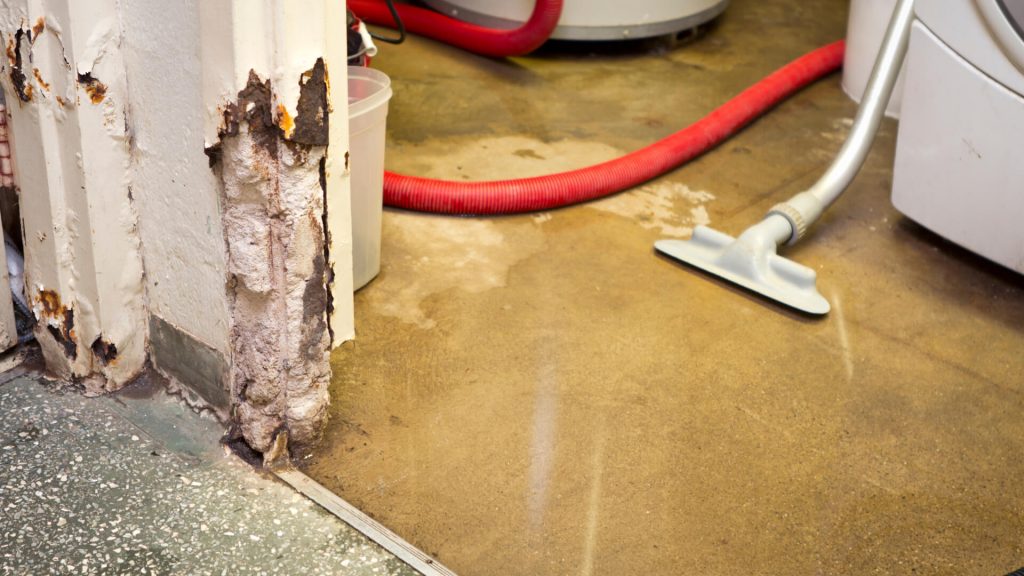Basement flood cleanup is a crucial process that involves restoring your home after water damage caused by various factors such as heavy rain or plumbing issues. When a basement floods, it can wreak havoc on your property, jeopardizing its structural integrity and posing risks to your health. Therefore, it is essential to understand the importance of promptly addressing and remedying the situation. By undertaking basement flood cleanup, you can mitigate further damage, salvage your belongings, and ensure the safety and habitability of your home. This blog will delve into the necessary steps and considerations to restore your home after water damage, helping you navigate the process effectively.
Basement floods can occur for various reasons, and it’s essential to clearly understand the common causes, associated risks, and effects of water damage on the structure and belongings. By gaining this knowledge, you can better prepare yourself and take necessary precautions to mitigate potential damage.
Ensuring personal safety should be the top priority for a basement flood cleanup. Dealing with water damage and the aftermath of a flood can present various hazards, so taking necessary precautions to protect yourself during the cleanup process is crucial. Here are some essential safety measures to keep in mind:
After experiencing a basement flood, assessing the extent of the water damage before proceeding with the cleanup process is essential. By thoroughly inspecting the affected areas, identifying the damage, and evaluating potential risks, you can develop an effective plan for restoring your basement. Here are the critical steps involved in assessing the damage:
Water extraction and drying are essential steps in basement flood cleanup to prevent further damage, mitigate mold growth, and restore the basement to a safe and habitable condition.

Cleaning and disinfecting the basement after a flood is essential to restore a safe environment. Water damage can introduce contaminants and promote mold growth, posing health risks. To convert the basement, follow proper cleaning and disinfection procedures and take preventive measures.
Structural damage after a basement flood is essential to ensure safety and stability. However, it can weaken the foundation, compromise walls, and damage flooring. We’ll explore the steps involved in structural repairs and restoration.
Experiencing a basement flood can be a daunting and costly ordeal. However, implementing preventive measures can significantly reduce the risk of future water damage incidents. We will explore practical strategies to prevent basement floods and protect your home:
Basement flood cleanup is challenging, but by following the key steps and considerations, you can successfully restore your home. Seek professional assistance if needed, and prevent future floods by installing sump pumps, maintaining drainage systems, and conducting regular inspections.
We are here to help with the basement flood cleanup, so contact us at (347) 853-8827 or visit our website to learn more about our services. Then, take action to restore your basement and create a safe, healthy living environment for you and your family.
Copyright 2022 © All Right Reserved | Mold Removal & Remediation New York